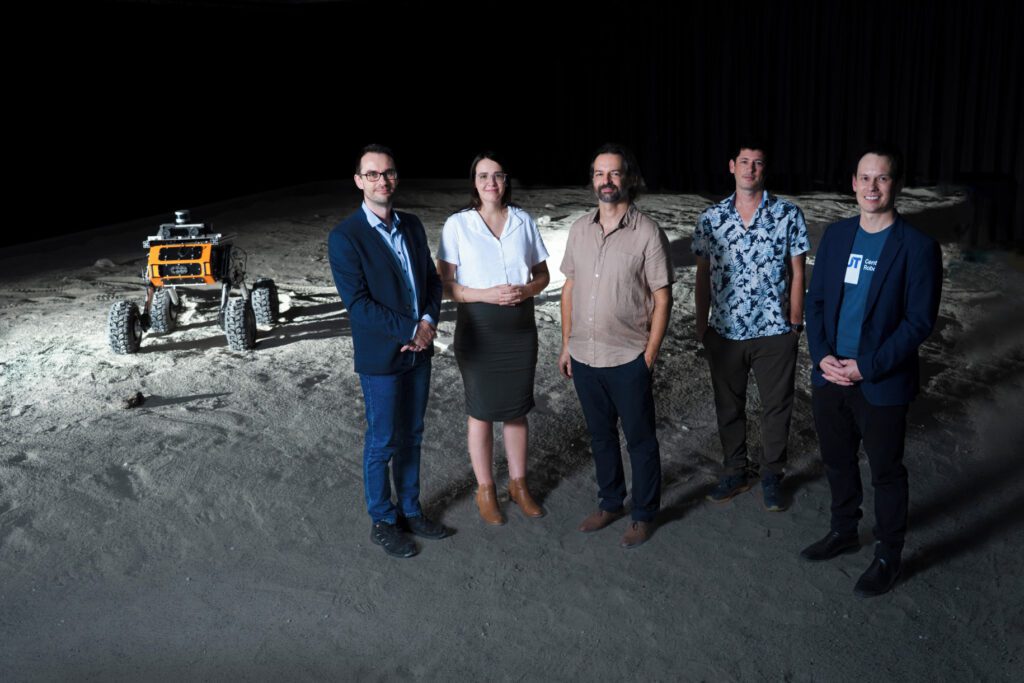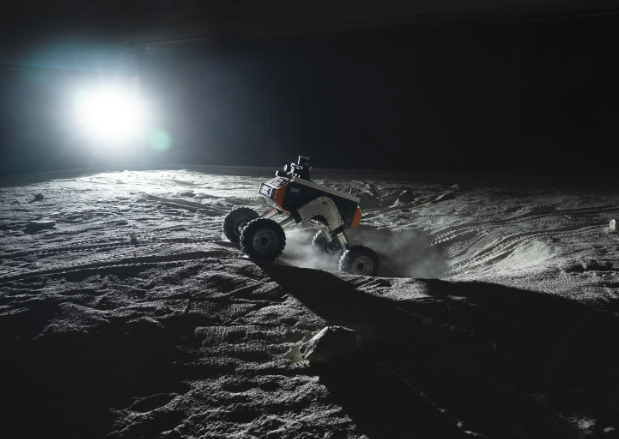What’s happening?
QUT researchers are leading the development of navigation systems for Australia’s first lunar rover, nicknamed Roo-ver, ensuring it stays on track when it lands on the Moon at the end of this decade.
The work is part of the national ELO2 consortium, a partnership of industry leaders, research organisations, 10 universities, and the Australian Space Agency. Roo-ver will be designed, built, tested, and operated in Australia before joining NASA’s efforts to establish a sustainable human presence on the Moon.
Why it matters
Associate Professor Thierry Peynot, from QUT’s Centre for Robotics, said Roo-ver’s navigation systems must function in an environment with no GPS satellites and limited computing power. “Yandiwanba allows us to recreate the challenges of lunar exploration here on Earth, so we can trial and refine the systems that will eventually guide Roo-ver on the Moon,” he said.
Professor Michael Milford, Director of the Centre, added: “QUT’s world-class robotics expertise, especially in robotic vision and navigation technologies, is a key capability we bring to the challenge of navigating on the Moon.”
ELO2 and Roo-ver Mission Director Ben Sorensen described QUT’s role as vital: “Navigating the terrain of the lunar surface – 384,000 kilometres away – is an incredibly complex task.”
Local impact
The research leverages QUT’s newly launched Yandiwanba facility in Brisbane, the largest covered testing environment in Australia for field robotics and lunar equipment. The name Yandiwanba, a Yugara word meaning “to go from the ground to a higher place,” reflects its mission. The 19m x 11.4m test bed is filled with lunar regolith simulant, allowing engineers to replicate Moon conditions on Earth.
By the numbers
-
$42 million – Australian Government funding through the Space Agency for this mission phase.
-
384,000 kilometres – the distance Roo-ver will travel from Earth to the Moon.
-
19m x 11.4m – size of QUT’s Yandiwanba lunar test bed filled with regolith simulant.
-
10 universities – contributing expertise through the ELO2 consortium.
Zoom in
The QUT team includes Associate Professor Peynot, Professor Milford, Professor Niko Suenderhauf, Dr Dimity Miller, and Associate Professor David Flannery. Their expertise spans robotics, planetary science, and Earth and atmospheric sciences. Testing at Yandiwanba focuses on using the lander as a landmark, detecting rocks and craters, and refining navigation strategies with minimal resources.

Zoom out
Australia’s involvement in lunar exploration builds on its strengths in robotics, automation, and remote operations. QUT’s work parallels its Antarctic robotics projects under the Securing Antarctica’s Environmental Future initiative, where researchers have operated drones and submersible robots in extreme conditions.
What to look for next
Roo-ver will continue development throughout the decade before its launch to the Moon. QUT researchers are currently presenting their work at the 76th International Astronautical Congress (IAC) in Sydney, running from 29 September to 3 October.
